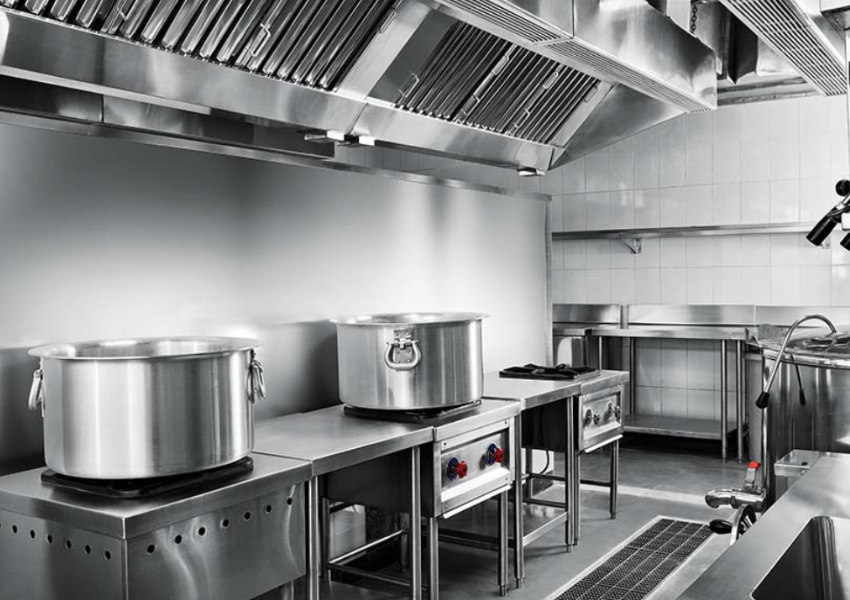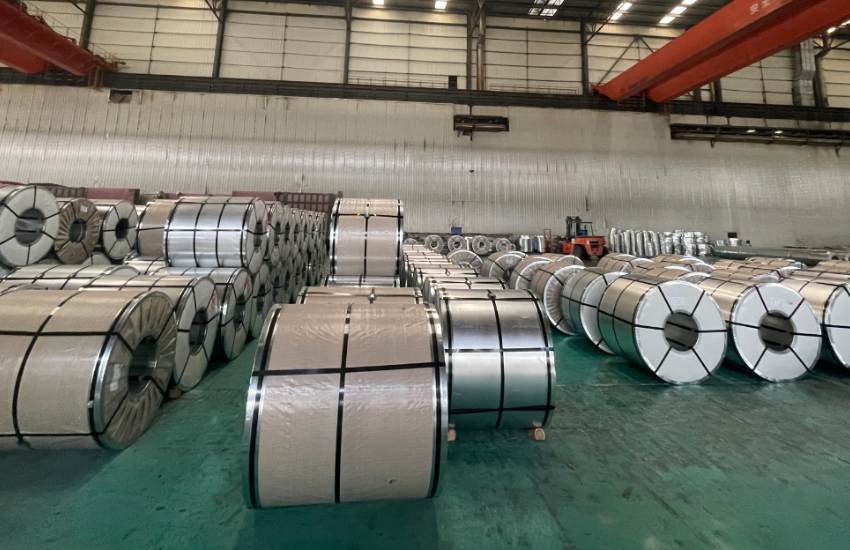Stainless steel is renowned for its durability, corrosion resistance, and aesthetic appeal, making it a popular choice across various industries. Understanding the different stainless steel grades and their characteristics is crucial for selecting the right material for your specific application.
Stainless steel grades are categorized primarily based on their composition, which includes varying amounts of chromium, nickel, and other alloying elements. The most common grades include 304, 316, and 430. Grade 304, often referred to as the “workhorse” of stainless steel, contains 18% chromium and 8% nickel, providing excellent corrosion resistance and formability. It is widely used in kitchen equipment, food processing, and architectural applications.
On the other hand, grade 316 offers enhanced corrosion resistance, particularly against chlorides and marine environments, due to the addition of molybdenum. This makes it ideal for applications in chemical processing, marine environments, and medical devices. For applications requiring magnetic properties, grade 430, which contains 16% chromium and no nickel, is often preferred. It is commonly used in automotive trim and appliances.
When selecting a stainless steel coil grade, it is essential to consider the specific characteristics required for your application. Factors such as corrosion resistance, strength, and formability play a significant role in determining the best grade. Additionally, the environment in which the stainless steel will be used—whether it’s exposed to harsh chemicals, high temperatures, or saltwater—should influence your choice.
In conclusion, understanding the characteristics of stainless steel grades is vital for making informed decisions in material selection. By evaluating the specific requirements of your application, you can choose the most suitable stainless steel coil grade, ensuring optimal performance and longevity in your projects.
Post time: Jan-03-2025






